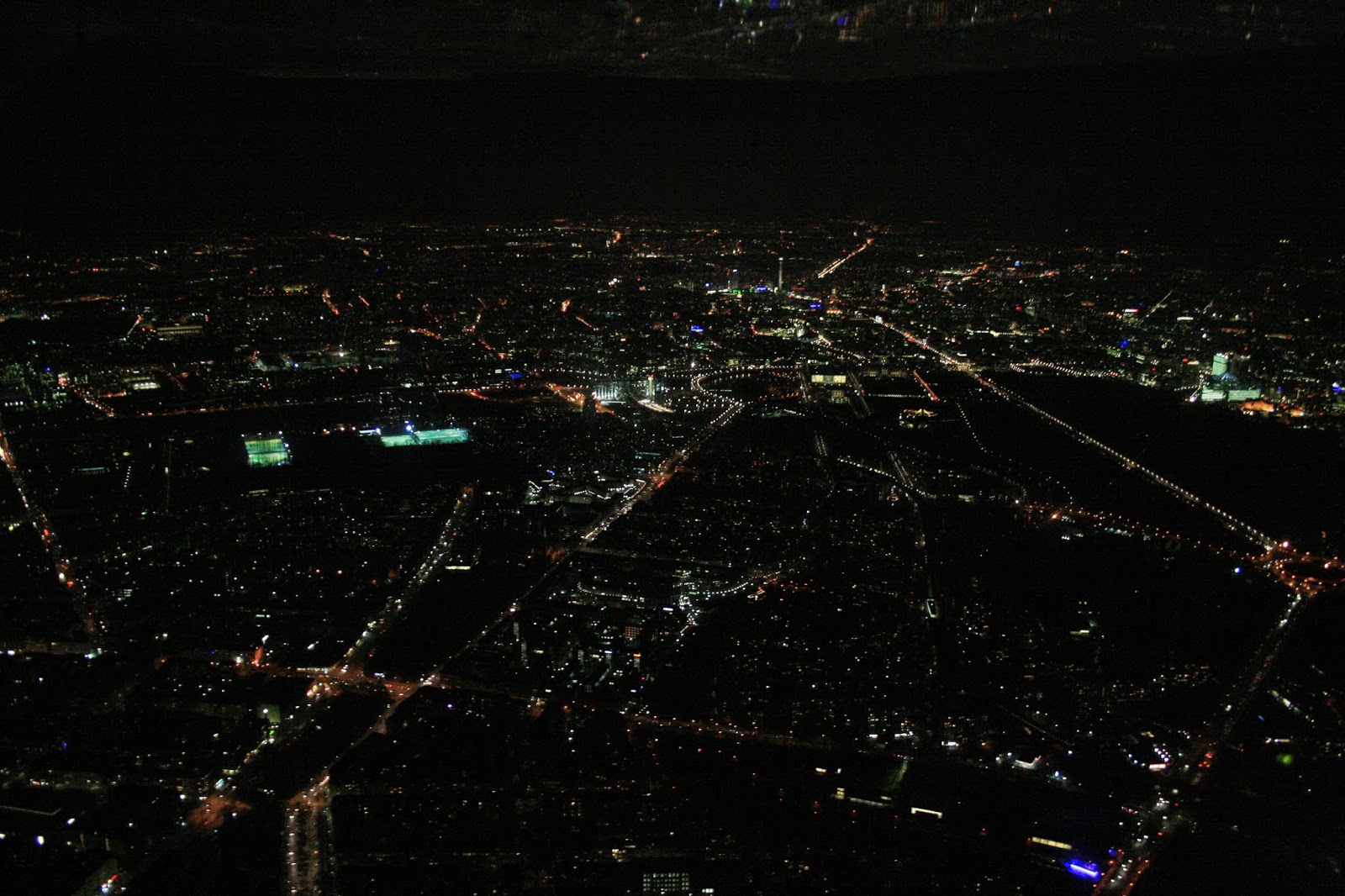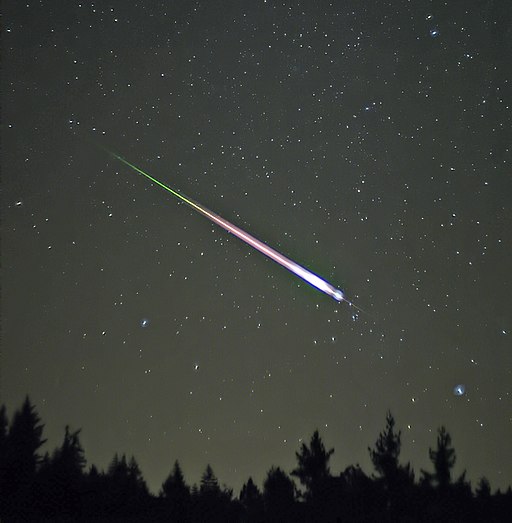I backed them, and if you want to encourage kids in underprivileged communities worldwide to reach for the stars, maybe you'd like to back them too! Information about the project is available on the Kickstarter page, and you can read a longer post about the project by Markus Pössel here.
When I first heard the title "Universe in a Box", I wondered if it was going to be related to something that blew my mind when I was in grade 5 or so. One of my teachers brought a great big box into the class, and asked us how much we thought could fit in it. After our guesses, she claimed that it was possible to get the entire school building into the box. After we expressed our disbelief, she revealed the trick by getting someone to climb inside, and closing the lid on them. The point was that the "inside" and "outside" of the box are actually relative concepts, and if you want to enclose the entire universe, all you have to do is climb into a big enough box.












